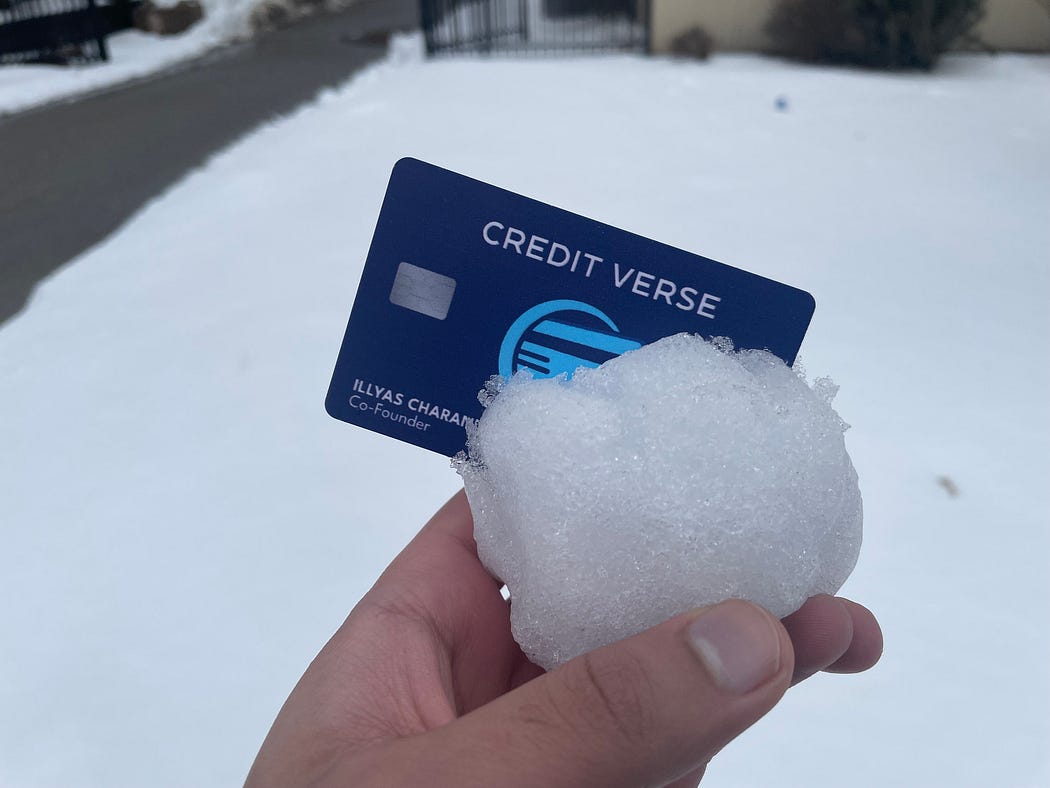Dealing with debt can be a daunting task, but it is a crucial step towards financial freedom. There are several methods to tackle debt, but the two most popular ones are the snowball method and the avalanche method. In this article, we’ll explore both methods and help you decide which one suits you.
The Snowball Method
The snowball method is a debt repayment strategy where you focus on paying off your smallest debts first, while making minimum payments on all other debts. Once the smallest debt is paid off, you take the money you were using to pay that debt and apply it to the next smallest debt. This continues until all of your debts are paid off.
The snowball method is effective because it provides a quick win by paying off the smallest debts first, which can give you a psychological boost to continue tackling your debts. This method can also help simplify your finances by reducing the number of debts you have to manage.
To get started with the snowball method, make a list of all your debts from smallest to largest. Then, focus on paying off the smallest debt first while making minimum payments on all other debts. Once the smallest debt is paid off, move on to the next smallest debt and continue the process until all of your debts are paid off.
Here’s an example of how the Snowball Method works:
In this situation, you would allocate a portion of your monthly budget, in this case $1220 to paying the minimum monthly payment on all debts. Then, with any remaining funds, start paying off your parents, since it’s the debt carrying the lowest total balance. Once you’ve fully repaid your parents, move onto your credit card, then car loan, then student loans.
Many of you may have noticed the high interest rates on the other debts, and yes, you will be paying more money in interest as previously mentioned. If this is a concern, the avalanche method may be more suited for you.
The Avalanche Method
The avalanche method is a debt repayment strategy where you focus on paying off your debts with the highest interest rates first, while making minimum payments on all other debts. Once the debt with the highest interest rate is paid off, you take the money you were using to pay that debt and apply it to the next debt with the highest interest rate. This continues until all of your debts are paid off.
The avalanche method is effective because it saves you money in the long run by reducing the amount of interest you pay over time. This method can also help you pay off your debts faster by focusing on the debts with the highest interest rates first.
To get started with the avalanche method, make a list of all your debts from highest to lowest interest rate. Then, focus on paying off the debt with the highest interest rate first while making minimum payments on all other debts. Once the debt with the highest interest rate is paid off, move on to the next debt with the highest interest rate and continue the process until all of your debts are paid off.
Let’s take another look at our sample debts:
If we use the avalanche method this time, we’d again pay the minimum monthly payments of $1220, then start attacking your credit card balance. With the highest interest rate, you’d be paying off debts in the most financially efficient fashion. Next you’d pay off your car loan, student loans, and finally your parents.
Which Method is Right for You?
Choosing between the snowball and avalanche methods depends on your personal financial situation and goals. The snowball method may be a better fit if you need a quick win to motivate you to continue tackling your debts. This method can also be beneficial if you have several small debts that can be paid off quickly.
The avalanche method may be a better fit if you want to save money in the long run by reducing the amount of interest you pay over time. This method can also be beneficial if you have debts with high interest rates that are costing you a significant amount of money each month.
In conclusion, both the snowball and avalanche methods are effective ways to tackle debt. Choose the method that best fits your personal financial situation and goals. No matter which method you choose, the key is to stay motivated, committed, and consistent in your debt repayment efforts. With time and dedication, you can become debt-free and achieve financial freedom.


Leave a Reply